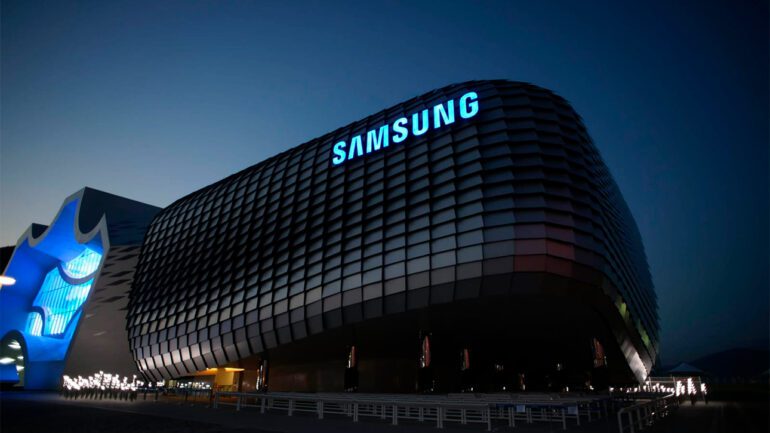TL;DR:
- Samsung Electronics shows improved earnings guidance, reducing losses in its memory chip unit.
- DRAM data-storage chips drive Samsung’s profitability, with anticipated price increases.
- Samsung aims to compete with TSMC, a leader in AI chip manufacturing.
- The AI industry demands high-performance semiconductors, making packaging crucial.
- Samsung introduces SAINT technology for advanced chip packaging.
- Jay Y. Lee bets on Samsung’s ability to produce and package chips efficiently.
- Samsung’s strengthened position in AI could reshape the market.
Main AI News:
Samsung Electronics is positioning itself as the go-to destination for the impending artificial intelligence semiconductor boom, according to recent earnings guidance released by the South Korean conglomerate. The company’s memory chip unit has been showing reduced losses, marking a significant shift in focus toward how this $390 billion behemoth can potentially surpass AI-chip leader TSMC.
The oversupply of memory chips in the industry is on the decline, with Samsung’s operating profit for the last quarter of the year likely to have fallen by 35% year-on-year to 2.8 trillion won ($2.1 billion). However, this is still a marked improvement compared to the previous quarter’s staggering 78% annual plunge. Much of this turnaround can be attributed to DRAM data-storage chips, which serve as Samsung’s primary profit driver. Analysts from Citi anticipate that supply cuts and increasing demand for these chips could drive average selling prices up by as much as 50% this year.
This newfound stability places Samsung in a favorable position to make significant strides in the field of artificial intelligence. TSMC, based in Taiwan, currently leads in manufacturing cutting-edge logic chips, crucial for data processing, serving clients such as Nvidia (NVDA.O), a company with a market capitalization of $1.3 trillion. While Samsung, under the leadership of Jay Y. Lee, has long aimed to diversify into microprocessor manufacturing, it has struggled to challenge TSMC’s dominance.
However, the landscape may be shifting. The demands of AI applications necessitate high-performance semiconductors capable of efficiently handling vast quantities of data. The challenge lies in the increasing cost and complexity of squeezing more transistors onto a single silicon piece. Consequently, the traditionally low-tech process of packaging, which involves bundling chips together into a container, is gaining significance in the production of advanced semiconductors.
TSMC has been at the forefront of technology that enables the close proximity packaging of logic and memory chips, although it primarily focuses on the former type. In response, Samsung is investing in expanding both its logic-chip manufacturing and packaging capabilities. Last year, it introduced a new technology known as Samsung Advanced Interconnection Technology, or SAINT. This innovation involves stacking chips vertically on top of each other, in contrast to TSMC’s 2.5D packaging, which places them next to each other. Crucial considerations include the spacing between chips and the materials used for their connections.
Jay Y. Lee is making a strategic bet that Samsung can scale up the production of both chip types and package them together in a more efficient and possibly cost-effective manner. As concerns about oversupply recede, Samsung has more room to explore integration levels that could potentially reshape the industry.
Conclusion:
Samsung’s resurgence in the semiconductor market, driven by the recovery of its memory chip unit and advancements in chip packaging technology, positions the company as a formidable contender in AI chip manufacturing. This development could potentially disrupt the market dynamics, challenging TSMC’s dominance and fostering competition in the high-performance semiconductor sector.

